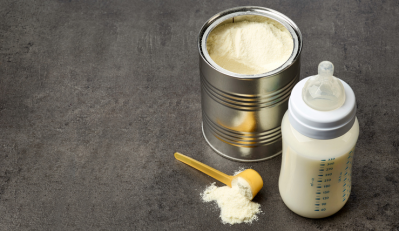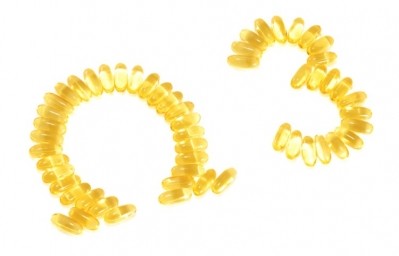Nutrition labelling in Taiwan: Infant, toddler foods, FSMPs to follow standards for pre-packaged foods

According to the Taiwan Food and Drug Administration’s announcement, these products will need to follow the “Regulations on Nutrition Labelling for Pre-packaged Food Products”.
At the same time, the separate set of nutrition labelling standards for foods for infants, toddlers, and special medical purposes has been repealed.
Manufacturers will need to take note of the following key changes:
First, the nutritional labelling should include the universally recognised common English unit symbols for grams (g), milligrammes (mg), millilitres (ml), and kilocalories (kcal), in addition to the Chinese equivalent of these terms.
Second, the amount of different nutrients should be expressed in different units.
For instance, the amount of protein, fats, saturated fats, trans fats, carbohydrates, sugar, dietary fibre should be expressed in grammes.
The amount of sodium, cholesterol, amino acids should be expressed in miligrammes.
Vitamin B1, B2, and B6 should be expressed in microgramme (μg), while vitamin A amounts should be expressed in the International Unit, specifically retinol equivalent (RE).
Terminology wise, saturated fats can be stated as such or stated as saturated fatty acids. Trans fats could be listed as such or trans fatty acids.
The labelling should also list similar nutrients under the same category. For example, the nutritional value of all lipid acids should be listed together under “fats”, while amino acids should be listed under “protein”.
Companies have until December 31, 2022 to comply with the new labelling requirements.
This means that products manufactured from January 1, 2023, will need to reflect the new labels.
The Taiwan FDA said that the decision was to standardise the nutrition labelling rules for pre-packaged foods, as well as to follow international regulations.
According to the Act Governing Food Safety and Sanitation, failure to comply could result in a fine ranging from NTD$30k (US$1,075) to NTD$3m (US$107k).
The penalty for false labelling is a fine between NTD$40k (US$1,433) to NTD$4m (US$143k).
Other labelling rules
On the other hand, the Taiwan FDA has a separate set of nutrition labelling rules for pre-packaged vitamin and mineral tablets and capsules.
The rules were last amended in November 2019. The key changes include introducing warning text to remind consumers not to exceed the required dosage amount and that excessive intake would not benefit health.



















